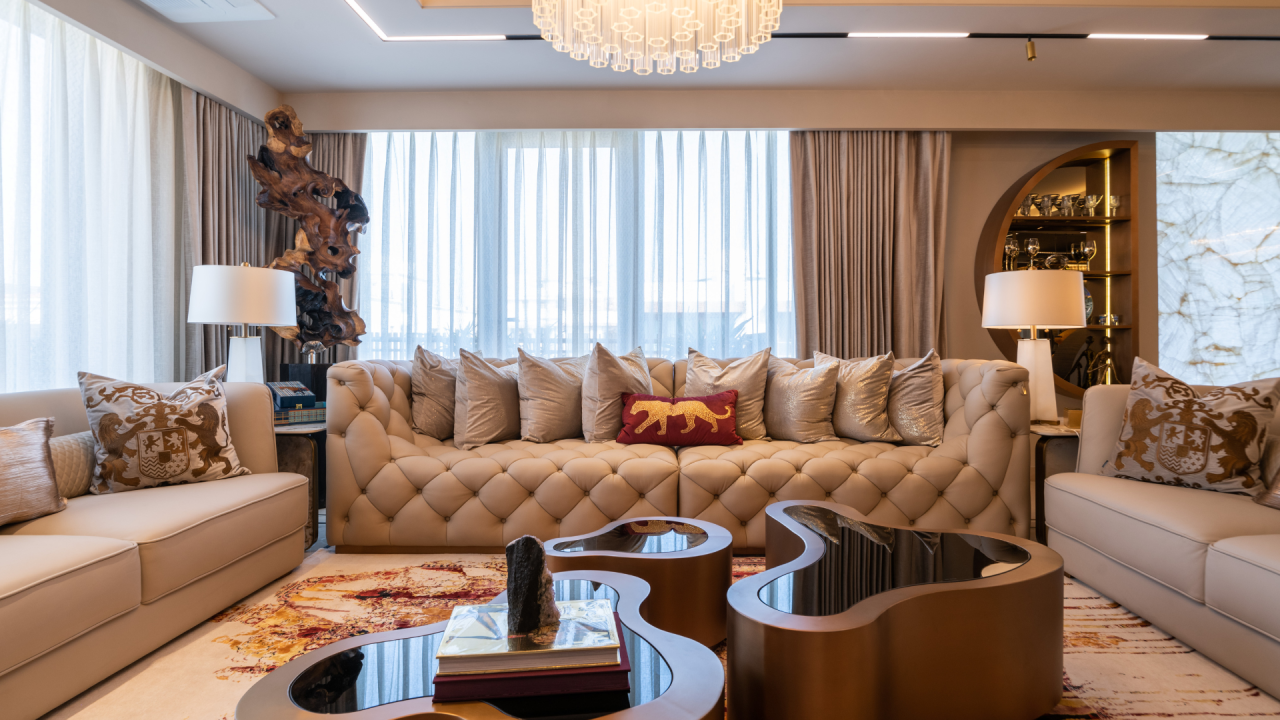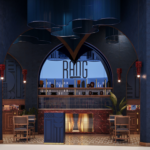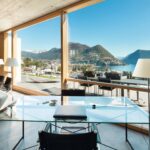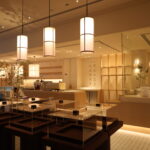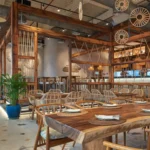Introduction
Fluid Spaces for Modern Lifestyles in your interior fitout refer to adaptable living environments designed to accommodate the dynamic needs of contemporary living. These spaces prioritize flexibility, functionality, and sustainability to enhance well-being and productivity in today’s fast-paced world.
Definition and Importance
Fluid Spaces for Modern Lifestyles encompass versatile living areas that can seamlessly transition to meet various requirements, such as work, relaxation, entertainment, and socialization. In an era characterized by rapid technological advancements and evolving societal norms, the concept of fluidity in living spaces has gained significant traction.
Understanding Fluidity
The concept of fluidity in spaces revolves around the idea of adaptability and versatility. It entails the seamless integration of design elements that allow for effortless transitions between different activities and functions within a space. From adjustable furniture arrangements to multifunctional layouts, fluid spaces prioritize user-centric design principles.
Adapting to Contemporary Needs
In response to changing lifestyle preferences and socio-economic trends, architects and designers are increasingly incorporating fluidity into their projects. This approach acknowledges the diverse needs of occupants and emphasizes the importance of creating environments that can evolve over time to accommodate shifting requirements.
Flexibility in Living Spaces
Flexibility is a key aspect of fluid spaces, enabling inhabitants to customize their environment according to their current needs and preferences. This flexibility is achieved through modular furniture, movable partitions, and adaptable layouts that can be easily reconfigured to suit different activities.
Multipurpose Areas
Modern living spaces often feature multipurpose areas that serve dual or even triple functions. For example, a living room may double as a home office during the day and transform into a cozy entertainment area in the evening. This versatility maximizes the utility of limited square footage and promotes efficient use of space.
Sustainability in Design
The design of fluid spaces also emphasizes sustainability and eco-friendliness. Architects and designers incorporate energy-efficient appliances, recycled materials, and passive design strategies to minimize environmental impact and promote resource conservation.
Psychological Impact
The design of living spaces can have a significant impact on psychological well-being and cognitive function. Fluid spaces that prioritize natural light, ventilation, and connectivity with the outdoors have been shown to enhance mood, reduce stress, and improve overall productivity.
Incorporating Nature
Biophilic design principles are often integrated into fluid spaces to foster a deeper connection with nature. Features such as indoor plants, natural materials, and views of greenery help create a sense of harmony and tranquility, enhancing the overall quality of life for occupants.
Personalization and Expression
Fluid spaces allow for greater personalization and self-expression, enabling individuals to tailor their environment to reflect their unique tastes and preferences. From artwork and decor to furniture and color schemes, every aspect of the space can be customized to create a sense of belonging and identity.
Fluidity in Workspaces
The rise of remote work has led to an increased demand for flexible and adaptable workspaces within residential settings. Fluid spaces that seamlessly integrate home offices with living areas enable individuals to maintain a healthy work-life balance while maximizing productivity.
Fluid Spaces in Urban Settings
In densely populated urban areas, the concept of fluid spaces takes on added significance as a response to the challenges of limited space and rapid urbanization. Innovative design solutions, such as compact modular units and vertical gardens, help optimize urban environments for enhanced livability.
Future Trends and Innovations
Looking ahead, the evolution of fluid spaces is expected to continue, driven by advancements in technology, materials science, and urban planning. Emerging trends such as 3D printing, smart home automation, and sustainable architecture promise to further revolutionize the way we conceive, design, and inhabit our living spaces.
Conclusion
Fluid Spaces for Modern Lifestyles represent a paradigm shift in the way we conceive and design our living environments. By prioritizing adaptability, versatility, and sustainability, these spaces empower individuals to create personalized and dynamic settings that enhance well-being, productivity, and overall quality of life.
Frequently Asked Question (FAQs)
Q: What are the key principles of fluid design?
A: Fluid design principles prioritize adaptability, versatility, and sustainability, allowing living spaces to evolve and respond to changing needs over time.
Q: How does biophilic design contribute to fluid spaces?
A: Biophilic design incorporates elements of nature into living environments, promoting a sense of connection with the outdoors and enhancing overall well-being.
Q: Why is flexibility important in modern living spaces?
A: Flexibility allows occupants to customize their environment to suit their current needs and preferences, maximizing the utility of limited space and promoting efficient use of resources.
Q: What role does technology play in fluid space design?
A: Technology enables the integration of smart home features, modular furniture systems, and energy-efficient appliances, enhancing the functionality and convenience of fluid living spaces.
Q: How can urban areas benefit from fluid space design?
A: In urban settings, fluid space design helps optimize limited space, improve livability, and address the challenges of rapid urbanization through innovative and sustainable design solutions.
Q: What are the future trends in fluid space design?
A: Emerging technologies such as 3D printing, augmented reality, and sustainable materials are expected to drive innovation in fluid space design, offering new possibilities for adaptable, eco-friendly living environments.

